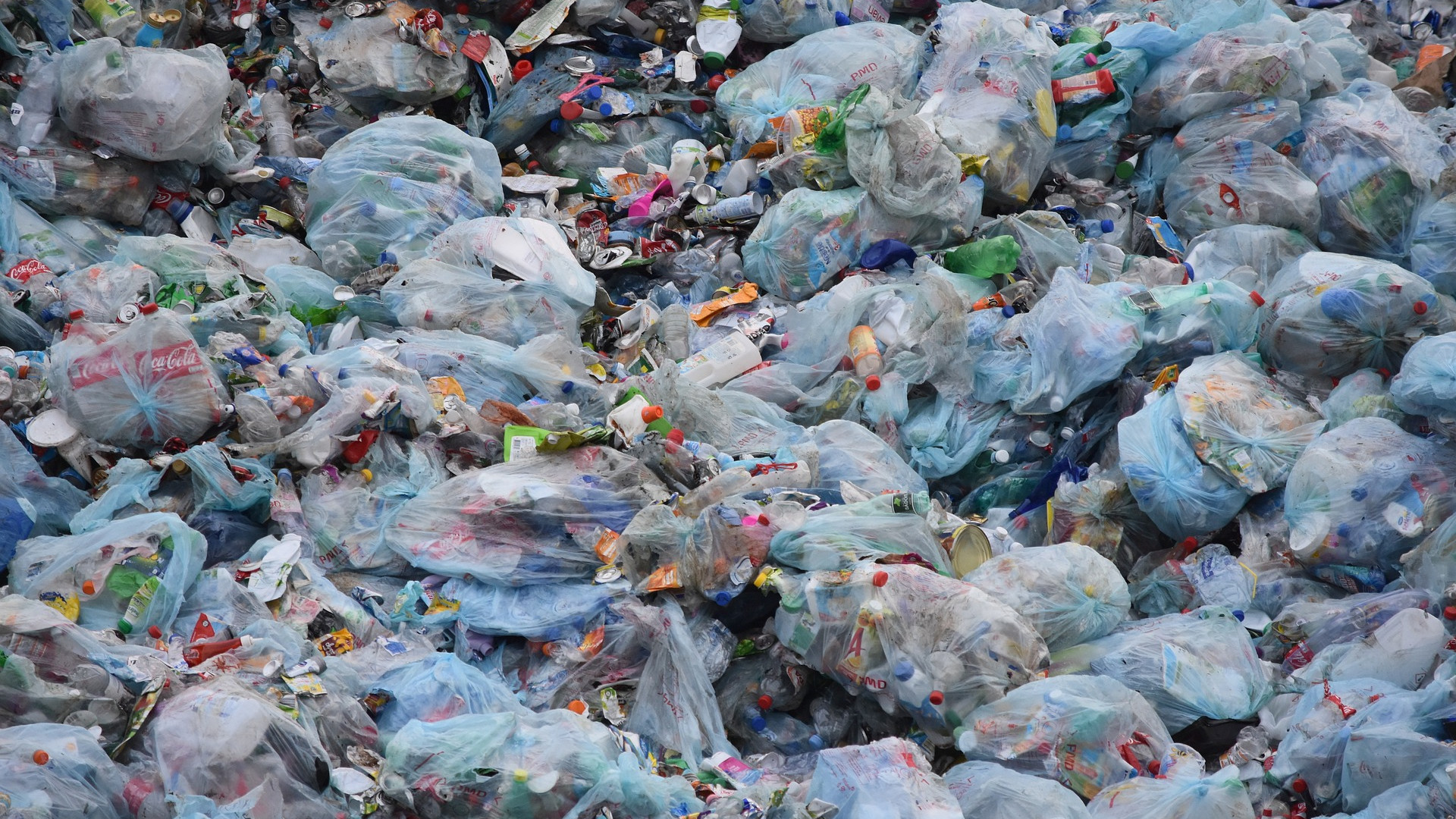Russia’s authorities and its people have recently found themselves locked into two powerful political conflicts.
One, in Moscow, stems from the elections to the City Duma, where the arrests of unregistered independent candidates sparked the largest political protests the country has seen in six years.
The second, which achieved less worldwide media attention than the Moscow protests, started in the remote Arkhangelsk region of the Russian North. Protests there have not been about an election but a plan to build what would be the largest solid-waste landfill in Europe and import millions of tons of toxic garbage from the capital.
Both cases illustrate how, for the first time in far too long, people in Russia have begun to regain their sense of solidarity and possibly their right to dissent — despite cynical and brutal attacks by oligarchs and officials.
The movement against the garbage launched on Sunday, September 22, when rallies were held in the city of Arkhangelsk and more than 10 other settlements throughout the greater Arkhangelsk region. Protesters united against the proposed landfill, construction of which had already begun in secret near Shiyes, a remote railway station in the North.
Shipment of garbage 750 miles from Moscow to Arkhangelsk is not a small problem. Moscow and the greater Moscow area produce an estimated 20 percent of Russia’s total waste: up to 7.2 million tons of municipal solid waste and about 6.1 million tons of industrial waste annually.
Moscow can’t handle its own garbage. Every day 9.5 thousand tons of municipal waste are transported from the capital to nearby landfills that have long since outlived their capacity. Since 2013, 24 of the Moscow region’s 39 landfills have closed.
At some point authorities started transporting garbage from closed landfills to other, still-operating ones — a decision that proved highly controversial among local residents and sparked anti-garbage protests first raged in Moscow in the spring of 2018.
After that the authorities decided to move the problem away from the capital to the North and literally bury it in the vicinity of the Shiyes station. The giant landfill — which has been situated in a swampy area where streams flow into the large rivers that feed the waters of the Baltic region and White Sea — would have the capacity to accept 46 million tons of unsorted waste from the Moscow region over a 20-year period.
Trash crisis in Moscow is simply being SHIFTED to local regions by building so-called „ecotechnoparks“ such as at Shiyes in Arkhangelsk 🇷🇺.
Locals fear health & environmental risks & have been completely EXCLUDED from decision-making processes📋.
👉https://t.co/gaSxhn5FoV pic.twitter.com/dsMCgXDleZ
— EnvironmentalJustice (@EnvJustice) August 28, 2019
The first phase of construction began in 2018 after crews conducted large-scale tree felling, including a forest outside the designated railway section.
The project organizers did not consult with region’s residents, municipal authorities or experts.
Most importantly, the plan didn’t undergo an environmental review, even though it obviously threatens the lives and health of local people.
How do we know that this landfill will be a problem? We only need look to the rest of the Russian Federation.
Russia disposes of more than 30 billion tons of waste every year. Massive, open-pit landfills, many dating back to the USSR, occupy almost 10 million acres. Little of this waste is recycled; the Moscow region has about 400 waste-recycling plants, but they operate at only about 20 percent capacity and reuse just 4 percent of the country’s waste.
Nationwide, no attention is directed toward revising this culture of consumption and waste management. Primitive landfill storage and incineration are, simply, cheaper.
Perhaps as a result, the country avoids talking about the harmful effects on the population and the environment. Other Russian landfills have emitted dangerously high levels of pollutants into surrounding communities, and residents in many locations have complained of headaches, nausea and a variety of other health problems. In the Moscow region a dozen children were recently hospitalized due to air poisoning from a landfill. Another dump, near the city of Balashikha, reached a height of 260 feet, and stray dogs, rats and other animals living in and around it have terrorized the locals. Another open-air landfill, in the town of Klin, sits just 1,300 feet away from local school, spreading illness among the kids.
Everywhere the soil erodes, the groundwater gets polluted, and the atmosphere is tainted with landfill gas generated by the fermentation of waste. Only 40 percent of citizens use clean water, and only 11 percent of wastewater is treated. The use of contaminated water can lead to outbreaks of intestinal infection and other diseases, which are often observed in southern Russia.
The people of the North, obviously, do not want to drink similarly poisoned water, nor do they want their landscape destroyed. They go to their forests to hunt and to gather. And most importantly, they love their land.
Locals first learned of the project when hunters stumbled across ongoing construction in the forest. Environmental activists investigated and people quickly united in protest by deploying field camps and blocking the construction site.
The protests have not stopped since last fall. Every day people stand on duty at five key posts, constantly living “on the front line.”
The administration has responded in predictable and horrific fashion: with beatings, detentions, fines, arrests and criminal cases.
Despite the protests, the authorities have not abandoned the intention to build a landfill, and police batons are still used against civilians defending their homeland. Clashes of indignant citizens with security company forces occur regularly and the police are always on the side of the latter. Dozens of trials are ongoing, with activists being arbitrarily tried for hooliganism and “unsanctioned” rallies. (In Russia, every rally or protest, except for single picketers, must be pre-authorized by local authorities or it’s considered illegal.)
The three most notorious cases included an attack on April 9 during a visit by human-rights activists, the beating of protesters on May 10 while construction workers unloaded fuel from a helicopter, and an assault on August 6 where two people were hospitalized after environmentalists formed a human shield to try to block a truck from delivering fuel to the construction site.
Minor skirmishes continue to occur almost daily — more than a year after northerners first began fighting against this landfill.
There are no leaders to jail, though; the protests are all spontaneous outpourings of citizen action. As a result, the police’s attempts to detain the “instigators” merely result in an influx of new protesters.
There has been a bit of official progress, although it hasn’t resulted in much actual change. Recently Russian President Vladimir Putin and the construction company decided to officially “freeze” the project until the company received necessary documentation from government agencies, but the builders secretly and illegally continue to move forward with construction.
Since the protesters still refuse to leave their camps, the fights continue as well, as do the beatings, detentions and court decisions. Fabricated criminal cases don’t close.
The government ignores what is happening. The price of the contract with the private security company amounted to 1.1 billion rubles — this money, from the budget of Moscow, has been paid to a group of men who guard a hole that now sits in the place of illegally cut-down forest.
At the same time, the development company is trying to seduce the locals with the promise of new jobs and the latest technologies. They call the huge landfill “Ecotechnopark,” with the cynical motto: “Safe. Environmental. Profitable.”
That’s far from the truth. The implementation of the Ecotechnopark project will inevitably lead to an environmental catastrophe, according to Russia’s own Presidential Council for Civil Society and Human Rights and several other government bodies. If constructed it will undoubtedly lead to an increase in the morbidity and mortality rates of residents of nearby areas — a possible disaster that could affect the entire Euro-Arctic region.
Russia’s own laws would be ignored if this landfill is built and put into operation. The Sanitary and Epidemiological Rules do not allow waste disposal, landfills, cemeteries and other sites that are sources of chemical, biological or radiation pollution near groundwater that would be used for drinking, household and medical purposes. They also prohibit the use of swamps with a depth of more than 1 meter. The construction site of the Ecotechnopark consists of swamps several meters deep which are the sources of streams flowing into Vychegda River, which itself fills the waters of the Northern Dvina.
If this landfill is built, illness and death in the North will increase significantly. A poisonous landfill filtrate, coming into contact with the swamp would seep into river waters. In conditions of high humidity, unsorted garbage will rot and fall into marshy soil, leading to microbial or chemical contamination. This damage will be irreversible.
It is difficult to overestimate the damage to the Russian Federations reputation at both the regional and federal levels over this past year. The “smart” idea to take waste to the northern swamp had long ceased to be such. The initially weak anti-garbage protests now have a very tangible political color, as people who stood up for their land a year ago now also stand for their dignity. What started as a local problem has become interregional.
This is the authorities’ main miscalculation: Over the year people have gained organization skills and learned how to raise funds, gather their strength, and hold on.
It’s a fight the world should pay attention to. The forced, armed shipment of Moscow garbage to the region represents a new era and new kind of environmental catastrophe, something others may face in the future.
But in Russia, this threat has given rise to a new kind of activism and awareness. And if that growth is allowed to continue, it could turn the tide of trash. After decades of rampant, hysterical and reckless consumption, the protests have forced people to take their eyes off the plunder of resources and the country’s treasury, which has for far too long ignored the need to “pay the bills.”
Now, not paying for the health, safety and integrity of the environment is rapidly ceasing to be an abstract topic. It’s literally an attempt to bury people in garbage — and that can’t go on.
The opinions expressed above are those of the author and do not necessarily reflect those of The Revelator, the Center for Biological Diversity or their employees.
![]()


